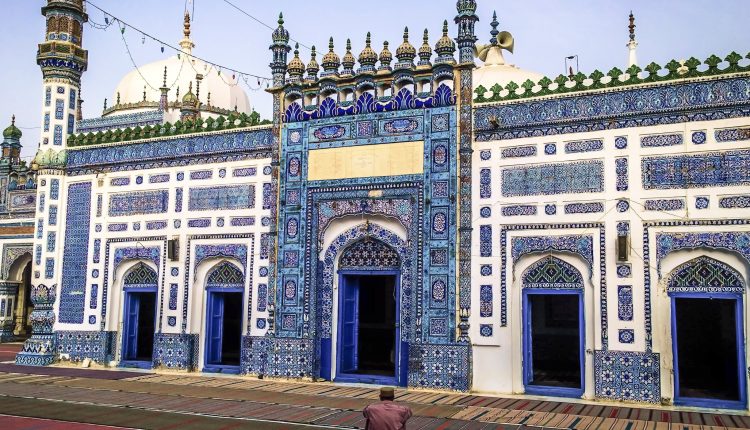Shah Abdul Latif Bhittai Sufi Poet: The Soul of Sindh
Shah Abdul Latif Bhittai: Sindh's Beloved Poet and Sage

Across the vast landscapes of Sindh, the name Shah Abdul Latif Bhittai resonates as a symbol of cultural pride, spiritual depth, and poetic genius. His contributions span beyond mere words; he embodies the soul and spirit of an entire region.
The Formative Years: Foundations of a Mystic: Born in 1689 in Hala Haveli, Shah Latif’s early environment was steeped in religious and scholarly pursuits. Surrounded by the serene beauty of Sindh, with its ever-flowing River Indus, he was naturally inclined towards introspection. The spiritual atmosphere at home, his travels across the region, and his interactions with wandering ascetics played a profound role in shaping his worldview.
Masterpiece: ‘Shah Jo Risalo’: This compilation is not merely a book but a universe of emotions, wisdom, and tales. Shah Latif meticulously brought together various elements to create ‘Shah Jo Risalo’.
In-depth Exploration of Themes:
- Spiritual Allegories in Love Stories: Shah Latif used tales like Heer Ranjha and Sassi Punnu as metaphors. In his verses, human lovers seeking each other mirror the soul’s yearning for the Divine.
- Philosophical Insights: Beyond just stories, Shah Latif ventured into deeper philosophical territories, pondering life’s purpose, the nature of existence, and mankind’s place in the cosmos.
- A Tapestry of Sindh: His verses are like paintings that capture the essence of Sindh – from its deserts to its bustling marketplaces, and from its humble folk to its majestic landscapes.
A Symphony of Words and Music: Shah Latif was not just a poet but a maestro. He introduced the ‘Tamboora’ to Sindh, an instrument that added depth and melody to his poetic compositions. This amalgamation of words and tunes made his teachings more immersive, creating a holistic spiritual experience.
The Living Legacy: Centuries after his demise, Shah Abdul Latif Bhittai’s presence is palpable:
- Educational Bastions: Places like Shah Latif University don’t just impart academic knowledge but serve as repositories of Sindhi culture and traditions, with Shah Latif’s teachings at the core.
- Urs – The Spiritual Gathering: The annual Urs is more than a commemorative event; it’s a spiritual journey. Devotees, poets, and musicians come together, turning his mausoleum into a vibrant hub of cultural exchange.
- Language and Literature: Shah Latif didn’t just contribute to Sindhi literature; he elevated it. His influence can be seen in the works of subsequent poets and writers who drew inspiration from his depth and style.
Conclusion: Shah Abdul Latif Bhittai is not merely a historical figure for Sindhis; he’s a living presence. His teachings continue to guide, his verses continue to inspire, and his philosophy continues to enlighten. As the world moves forward at a rapid pace, the timeless wisdom of Shah Latif serves as a grounding force, reminding us of the eternal truths of love, devotion, and introspection.
